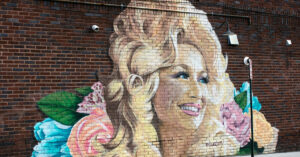“Unraveling the Mystical Roots: How Ancient Pagan Traditions Shaped Your Christmas Ham”

As we gear up for the holiday season, have you ever stopped to ponder why certain unassuming foods, like ham, have become synonymous with Christmas? The origins of our cherished traditions often lead us down fascinating rabbit holes—some more tangled than a string of holiday lights! Believe it or not, the humble Christmas ham has roots that stretch far back beyond the festive table, echoing times of wild boar hunts and ancient pagan rituals. From the Celts’ Yule logs to hearty feasts that marked the winter solstice, many of our modern practices are steeped in history, mingling the sacred and the secular. So, next time you dig into that glazed piece of pork, remember you’re partaking in a tradition as rich as the flavors on your plate! Curious to know more about this tasty evolution? LEARN MORE.

Many Christmas traditions have roots predating the holiday itself. The Gaels and Celts burned “Yule logs” during their winter solstice celebrations, and people have been using evergreens to decorate their homes for winter since before the dawn of Christianity. You may not question the prevalence of ham around the holiday, but even this tradition has pagan origins.
Though not as closely tied to Christmas as turkey is to Thanksgiving, ham is still considered the classic protein to serve on December 25 (at least since Christmas peacock and goose fell out of fashion). The spiral-sliced and honey-baked version is a relatively new addition to the holiday table, but pork has been part of winter feasts for centuries.









